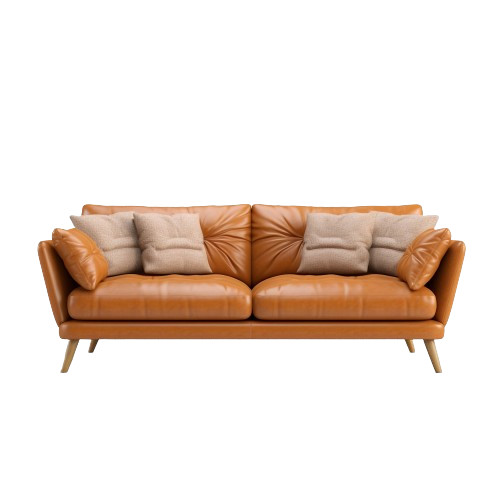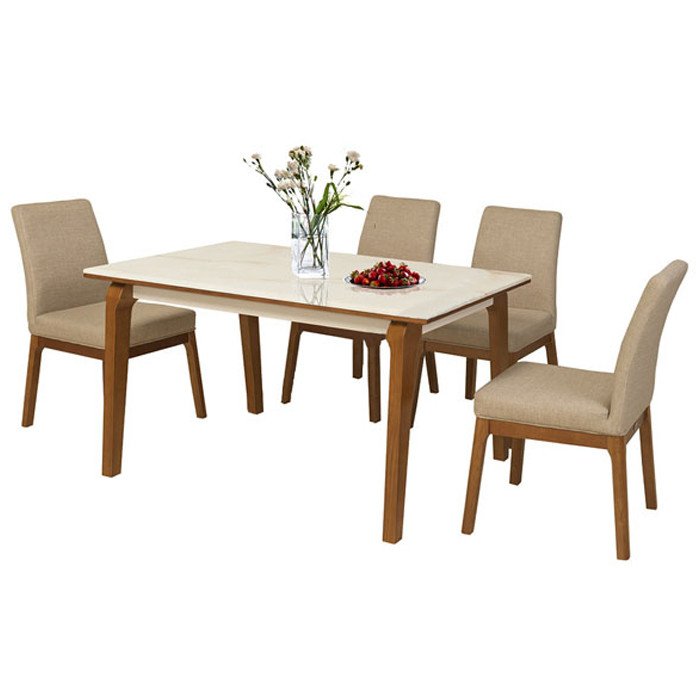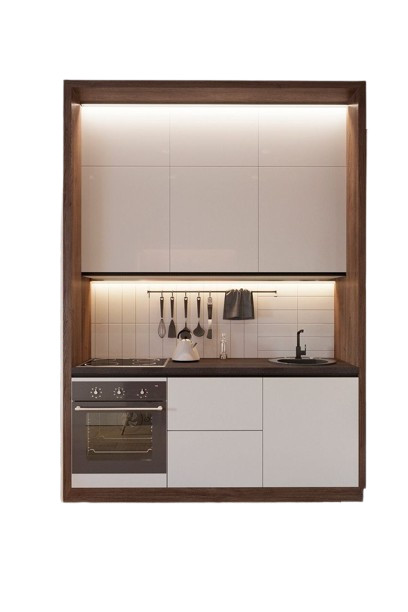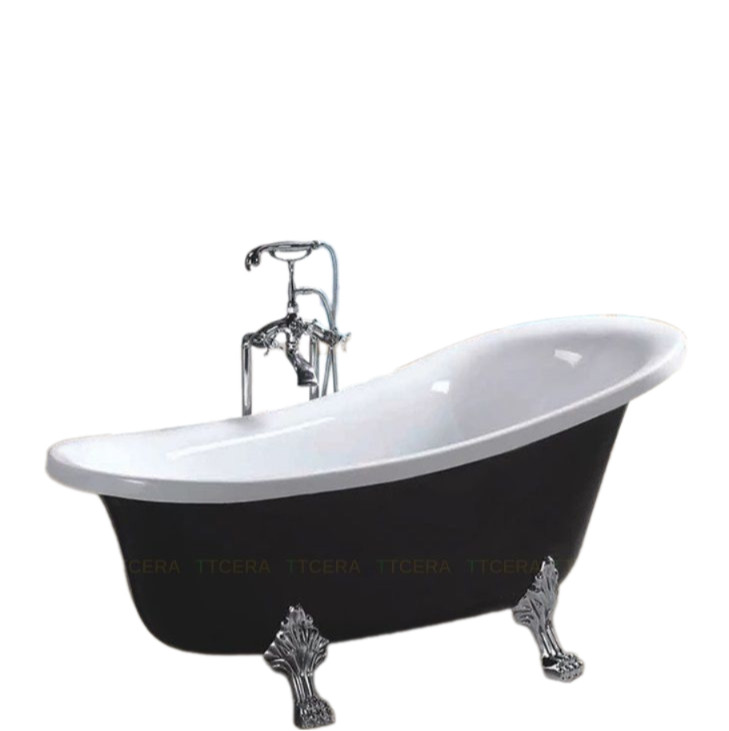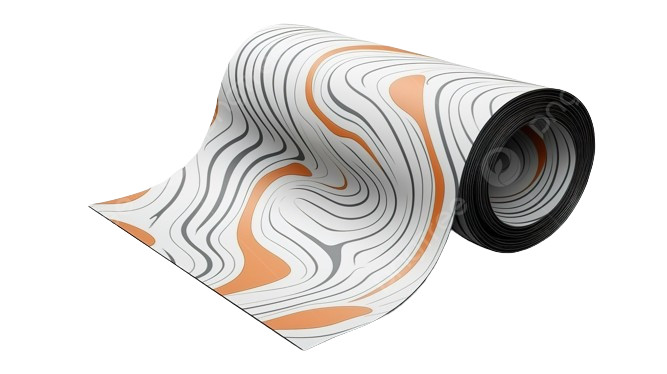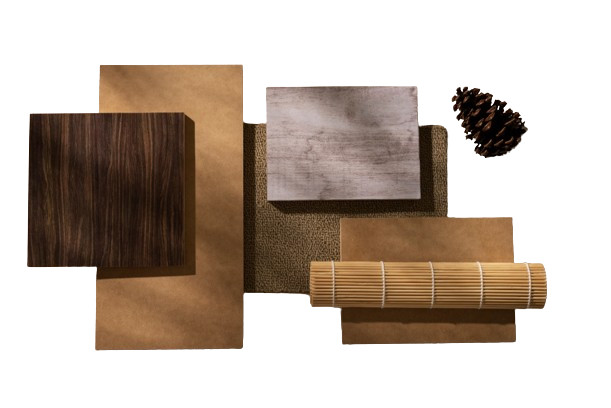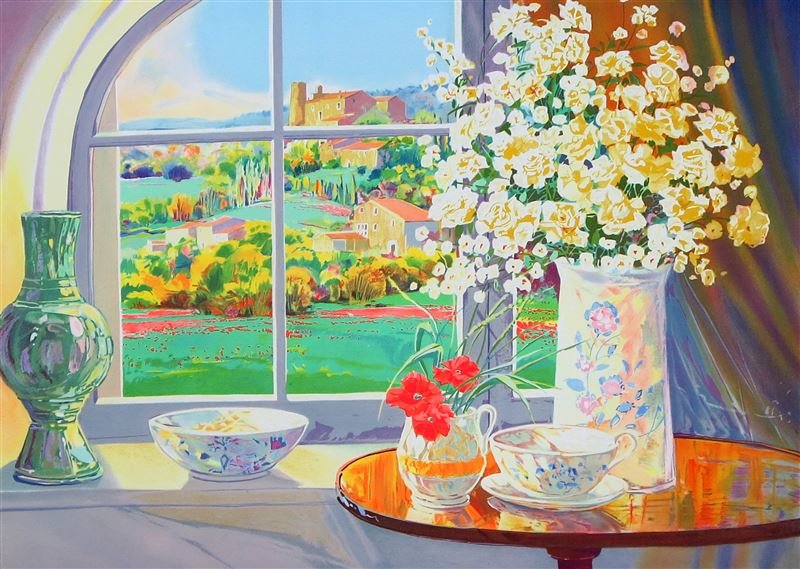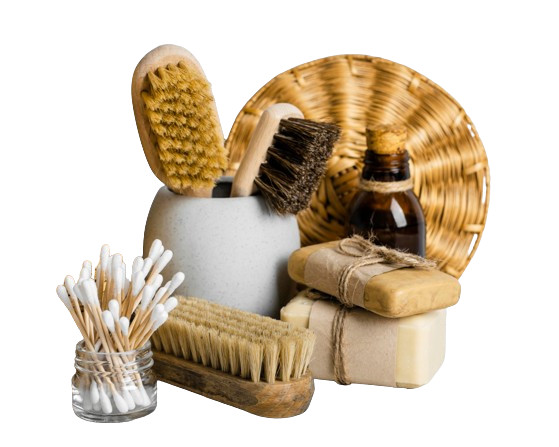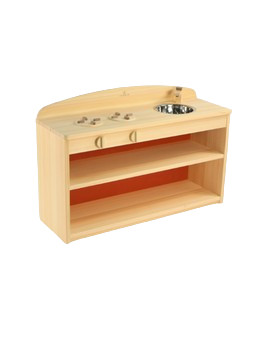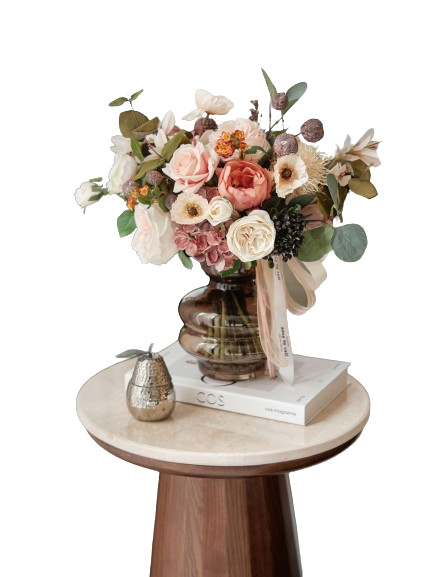EXPLORE THE ENCAUSTIC CEMENT TILE PRODUCTION PROCESS
Because of their basic and harmonious beauty, encaustic tiles are very recognizable to many generations of Vietnamese people. It was previously widely used in a number of our projects. However, not everyone is aware of the basic materials used to make encaustic tiles. What makes cement tiles environmentally friendly? How do they make their patterns? Please read on to learn about the current encaustic tile manufacturing method.
1. What are encaustic tiles?
Encaustic tiles, often known as flower tiles, are a form of building material that refers to tiles with pleasing and eye-catching artistic designs. It is fully handcrafted, with the main material being colored cement, using expert workers' hands and hydraulic presses. As a result, they are eco-friendly materials. Cement tiles are regarded as an aesthetically pleasing, diversified, and long-lasting material. It first arose in Catalonia in the 1850s and has since spread throughout Europe and America before being introduced to Vietnam at the end of the nineteenth century, during the period of French colonialism of Vietnam.


Because our country was heavily impacted by French design and architecture during this period, encaustic tiles were widely employed and popular. They were employed for any undertaking requiring aesthetics. So much so that it is regarded as the queen of ornamental tiles. However, with the arrival of many new materials, many types of materials can replace them, limiting the breadth of application of bricks, yet bricks are still used for ornamentation. Its location leads to the creation of incredibly unique private areas, which are frequently found in cafés and many restaurants nowadays.
2. Encaustic tile manufacturing procedure
Those who contributed to the creation of the finished cement tiles we have today had to put in a lot of effort and attention. Because the encaustic tile manufacturing process is entirely hand. Unique ornamental encaustic tiles, which have been popular for hundreds of years, are the result of ingenuity, skill, and originality.
Encaustic tile raw materials include:
- Cement
- Natural sand
- Marble stone powder
- Natural mineral pigments
- Water

In addition, the mold's support and, lastly, the brick maker's hydraulic press are required. The following are the steps involved in the cement tile manufacturing process:
The designers create the patterns on paper first, then bend copper leaves into little patterns that are the same form and size as the original patterns. Following that, the designers will solder the patterns together to make a pattern mold that satisfies the customer's specifications.
It is an important image that contributes to the composition being lovely and evenly colored. White cement, natural stone powder, pigments, and additives will be poured by hand into different color boxes. Distinct color combinations will result in distinct brick colors. Pouring color into pattern molds is a critical activity that requires highly competent and experienced professionals to ensure that each color is poured correctly and evenly.
The artist will swiftly remove the design from the mold after finishing the coloring procedure. This job takes a high level of speed and skill to ensure that the colors do not bleed into each other or form jagged edges on the completed product's surface. Products that do not satisfy criteria from the coloring stage, on the other hand, will be discarded.
The successive layers that form the thickness and firmness of the brick are completed once the first color layer is completed. To get the proper thickness of the encaustic tiles, the worker will pour a layer of sand and cement mixture into the mold before placing it all in the hydraulic press. The pigment's water will seep back onto the cement, forming a film of cement glue.
The encaustic tiles are crushed twice in the compressor to absorb the moisture from the color layer and form a full encaustic tile. Following the filling of the mold, the cement tile mixture will be placed in a hydraulic press and compressed at a predetermined high pressure to obtain the desired strength and size.
This is one of the most important steps. The cement tiles are soaked in water to provide the requisite wetness before being dried for some time.

After thoroughly drying, the tiles will be waxed to improve the surface and placed through a strict quality control process in which each tile will be meticulously inspected, and only the best tiles will be selected first when packing boxes and pallets.
3. Post-production stages
To receive a beautiful polished encaustic tile like every other customer in the tile market, you must go through the following post-processing stages:
- Soak the cement tiles in the water to provide the appropriate wetness, and then dry them for a length of time.
- Polishing the surface of encaustic tiles gives them a gleaming and rich appearance.
- Coating the surface of encaustic tiles with a protective chemical is designed to boost longevity and protect against a variety of other damaging agents.
- The cement tiles are then stored for several weeks to allow the cement to solidify and dry. Following that, it will be re-tested for various criteria before being released to the market.
Hopefully, the above sharing has helped you understand the encaustic tile production process and answer the questions above.
ADORN MUSEUM
Location: O-1, TM.01, 1st Floor, Orchid 1 Tower, Hado Centrosa Garden No.200 3/2 Street, Ward 12, District 10, Ho Chi Minh City, Viet Nam.
Hotline: (+84) 28 3930 3428
E-mail: support@adornmuseum.com
Operation time:
8:30 - 17:30, Monday - Friday & 8:30 - 12:00, Saturday


